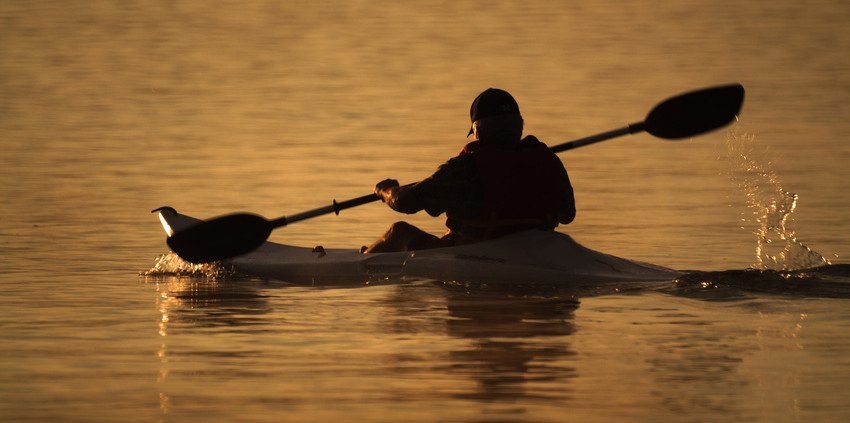Easing Into The Subject Of Conservation Easements
An easement is the legal removal of a right of use. Conservation easements generally protect wildlife habitat and recreational land by eliminating development rights. They are also a valuable estate-planning tool and landowners who donate these rights get substantial income-tax breaks.
Conservation easements are something of a hot topic these days, and have been for some time now. Think you know the basics? If you do not, then you might want to take a good look before you leap.
Better yet, you really ought to read a recent article in Private Wealth magazine titled “Legacies By The Acre.”
If the concept of an easement is new to you, think of it as an act of charity by giving away the economic utility of the land for the greater good of preserving it. While you could sell the land to a developer who will build a resort hotel, you might choose to forever close off that possibility and preserve it as a pristine forest for wildlife or recreation.
All easements, even urban “façade” easements, follow this general pattern. However, rural or wilderness conservation easements can get a bit more complicated and even allow for certain “economic utility” to the owners. A prime example described in the original article is the concept of a “working forest conservation easement” (WFCE). This approach allows a family to give up the full economic utility of the land and continue to embrace a sustainable pattern of use. In other words, you do not build malls, but you do continue to responsibly run a family timber company from trees harvested on the land. For example, Friends of Alta, a Utah land trust organization located in Alta Utah reports that over 20% of the developable land in Albion Basin (a wild high mountain valley, near Alta, Utah) is now subject to conservation easements preserving the watershed and pristine nature of this high mountain valley while allowing skiing in the area.
Conservation easements can be as varied as the lands put up for easement. In addition, easements can be built to allow greater or lesser utility, rather than simply all or none. By doing good, the landowner can enjoy tax benefits to further sweeten the deal.
In the end, whether to go the conservation easement route will hinge on many factors, to include your family’s current land, its potential use, and specific market forces in play now and down the road. Understanding the true value of a conservation easement will take some experienced planning.
Reference: Private Wealth (July 11, 2013) “Legacies By The Acre”










Leave a Reply
Want to join the discussion?Feel free to contribute!